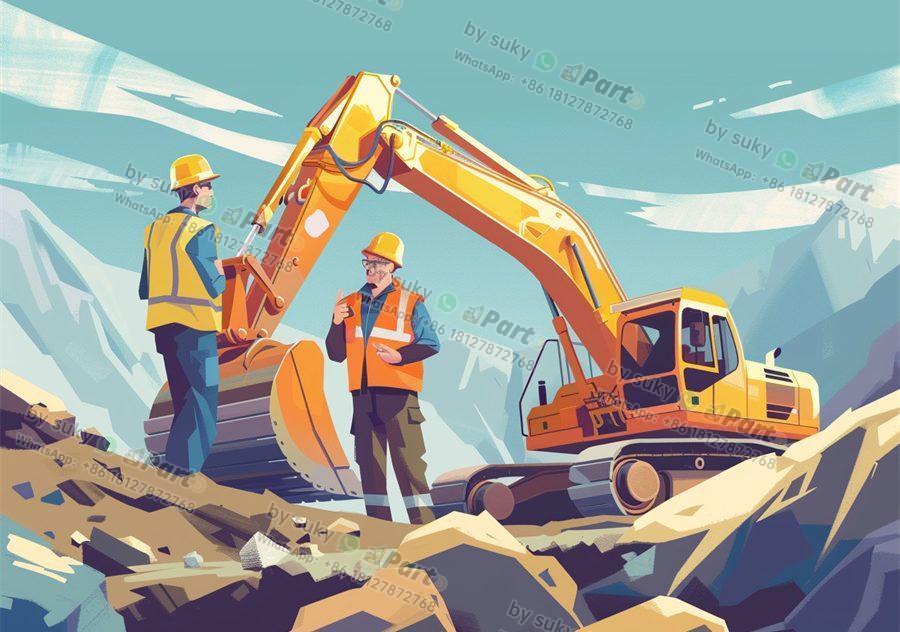Excavators, also known as diggers, are heavy construction equipment used for digging, dredging, and demolition tasks. These machines consist of various components that work together to ensure efficient performance on construction sites.
Engine
The heart of an excavator lies in its engine, which provides the power necessary to operate the machine’s hydraulic systems. Most modern excavators are equipped with diesel engines due to their high torque output and fuel efficiency. The engine is responsible for driving the excavator’s tracks or wheels, as well as powering the hydraulic pumps that control the boom, bucket, and arm movements.
Hydraulic System
Another crucial component of an excavator is its hydraulic system, which uses fluids to generate power and movement. The hydraulic system consists of hydraulic pumps, cylinders, and motors that work together to control the excavator’s arm, bucket, and attachments. This system allows for precise and powerful movements, making excavators versatile and efficient machines on construction sites.
Bucket
The bucket is the attachment situated at the end of the excavator’s arm, used for digging, lifting, and loading materials. Buckets come in various sizes and shapes to suit different tasks, such as trenching, grading, or demolition. They are typically made of hardened steel to withstand the rigors of heavy-duty construction work.
Tracks or Wheels
Excavators can have either tracks or wheels, depending on the model and intended use. Track excavators provide better stability and traction on rough or uneven terrain, making them ideal for heavy digging and grading tasks. Wheeled excavators are more maneuverable and suitable for tasks that require frequent repositioning.
In conclusion, excavators are complex machines with multiple components working together to ensure efficient performance on construction sites. From the engine and hydraulic system to the bucket and tracks, each part plays a vital role in the excavator’s functionality. Importers and distributors of construction equipment should familiarize themselves with the internal components of excavators to better serve their customers and meet their needs.
If you found this article helpful, you may also be interested in reading “The Evolution of Excavators: From Steam Shovels to Hydraulic Machines” and “Key Advancements in Excavator Technology That Every Importer Should Know.”
0414 401 105 0414401105 Fuel Injection Pump for Volvo EC135B EC140B
04194021 Crankshaft Position Sensor for Volvo EC160B EC180B EC210B




